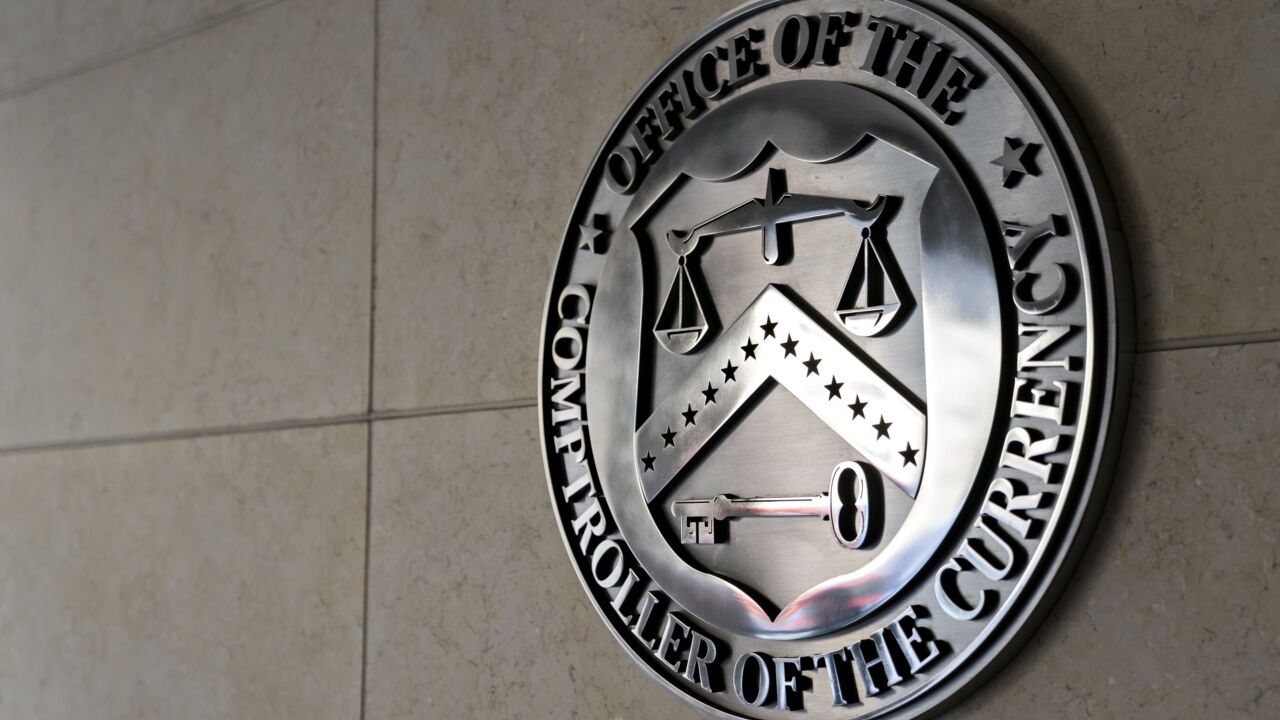It would be wise for bank executives to pay close attention to a new threat, wireless payment efforts overseas. Of particular concern are moves by mobile providers to offer micro-payments and digital-content downloads-in essence, providing credit-which threatens to usurp card and bank customers.
At first glance, digital-content downloads may appear an odd market for the banking industry to be concerned about, driven as it is by low-fee services aimed at kids-like $1.99 i-Tunes song downloads or cell-phone ring tones-its potential for mass appeal and wider adoption, and, therefore, expanded services, makes it a market to watch.
The standard pitch made lately by mobile micropayments service providers like Valista and Qpass is that consumers use and think about their cell phones more than they do their credit cards or banks, so these "relationships" are stronger, and always "on," versus the dealings customers have with their banks or credit cards.
The concern among banks and the hope among mobile providers is that by enabling the purchase of goods and services through the cell phone, and by aggregating the credits into monthly billing cycles, mobile operators and their payment service providers can chip away at what's typically been bread-and- butter revenue for credit card issuers-transaction and merchant fees-if adoption is sufficient or successful.
More significantly is that mobile phones could reduce, if not replace, credit card usage among some customers, particularly if merchant participants decide to add new services or more content or in subscription-based packages, through the wireless channel. The reasoning of wireless vendors and operators is that, just as kids grow up, so can the micropayment business model churn out macro revenues.
Besides the youth market, mobile operators and vendors are targeting pre-paid or pay-as-you-go cell-phone users, who are more common in Europe, an effort that requires no banking relationship per se. They're also targeting the estimated 10 million to 20 million unbanked households in the U.S., many of whom, according to Valista, are mobile-phone users. The underserved group is targeted as well by banks offering stored-value cards.
Put plainly, the simple notion of turning the standard mobile handset into a mobile wallet is a powerful idea, one that's placed mobile providers and card-issuing banks into one another's competitive cross-hairs. That may be precisely why very little progress has been made in wireless payments for banking overall, say analysts.
The failure of the Mobey Forum is perhaps illustrative: Launched in 2000, its aim was to have a place for banks and wireless operators to consider standards to usher in a new era of wireless banking. Instead, they came to loggerheads over how to store customer information in the handset. The banks wanted phone manufacturers to create a second chip to house banking-specific customer data in the phone. This was based on the argument that banks must secure the data as required by regulators, but also involved a general conceit that, regarding financial services, the wireless user is the bank's customer.
However, the dual-chip phone was dead on arrival. While another group, the Mobile Payment Forum, has arisen, the focus there is on large-dollar transactions, and bank participation has largely come at the urging of the credit card industry itself, which is feeling the most direct heat from mobile players expanding their services.
Empowering mobile operators to go beyond digital content or railway-pass purchases in Asia to full virtual shopping everywhere, need not include banks, says John Hurley, vp of marketing at Valista, which sells PaymentsPlus, a mobile electronic credit-authorization and billing software. Rivals include Qpass, Upaid, Encorus, and billing shops Amdos, Poortal and Convergys.
Banking portal Todo1 (TodoUno) uses Valista's Service Delivery Platform to deliver customer balance and payment alerts from banks in Columbia, Ecuador and Venezuela. Hurley calls the deal "a compromise," and says that mobile transactions are the next step.
The foothold should alert banks to a "potential emerging customer base" and a need to maintain their brand in the mobile channel, says Ed Kountz, analyst in TowerGroup's emerging technology practice. Testing the recharging of prepaid phones with bank cards with a captive group like bank employees could provide a middle ground, he suggests.
Valista, meanwhile, has taken a step toward its larger goal: Last month France Telecom's mobile provider Orange said it would use PaymentsPlus to connect to Simpay, an e-billing middleman for mobile and Internet micropayments.
Simpay predicts that its platform will enable more than $1.2 billion of extra transactions for the mobile phone industry by 2007. Founders Orange, Telefonica Moviles, T-Mobile and Vodafone have more than 280 million wireless customers combined worldwide.
As Hurley puts it, Valista is facilitating what Simpay wants-credit control over the customer.





